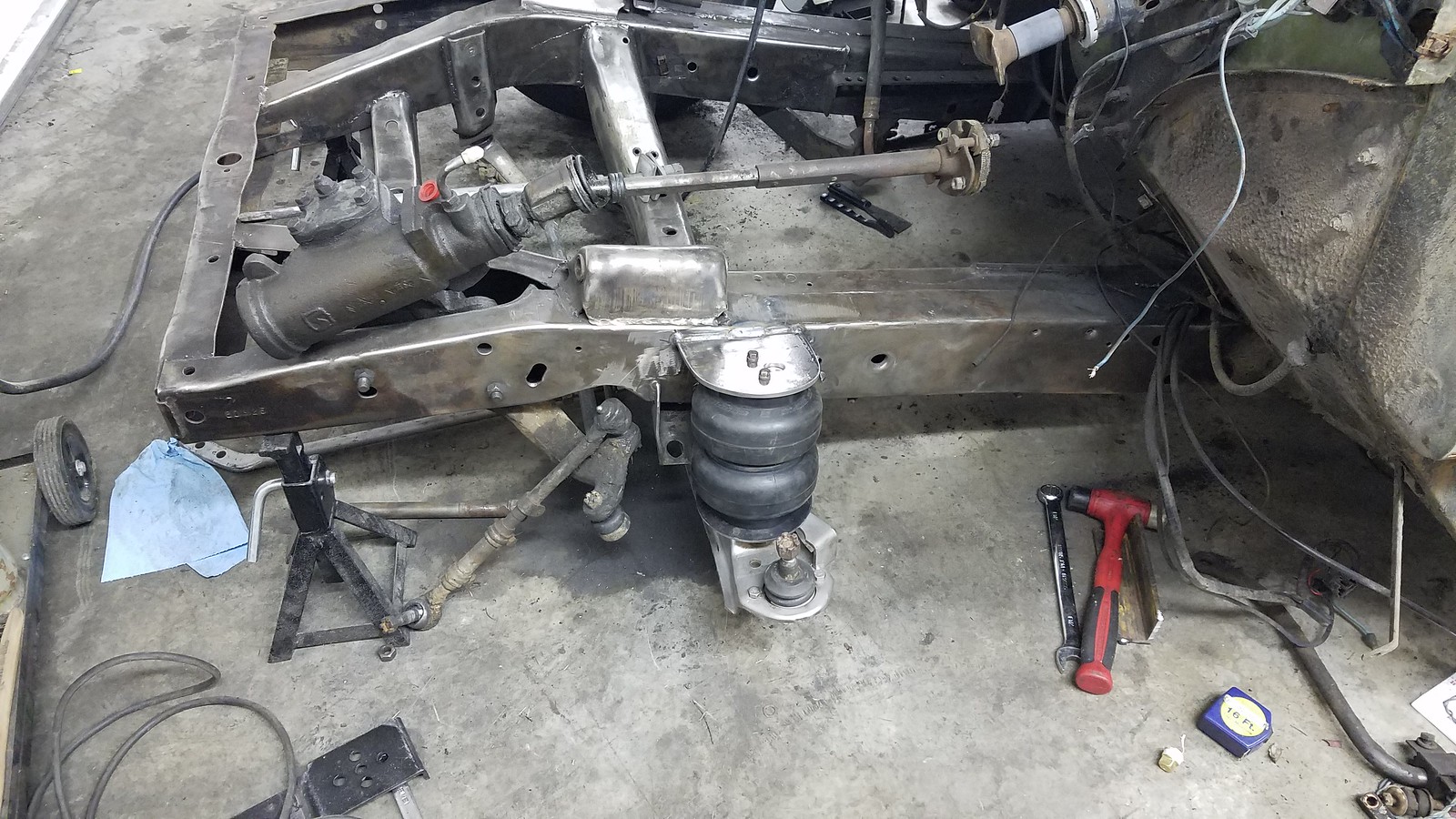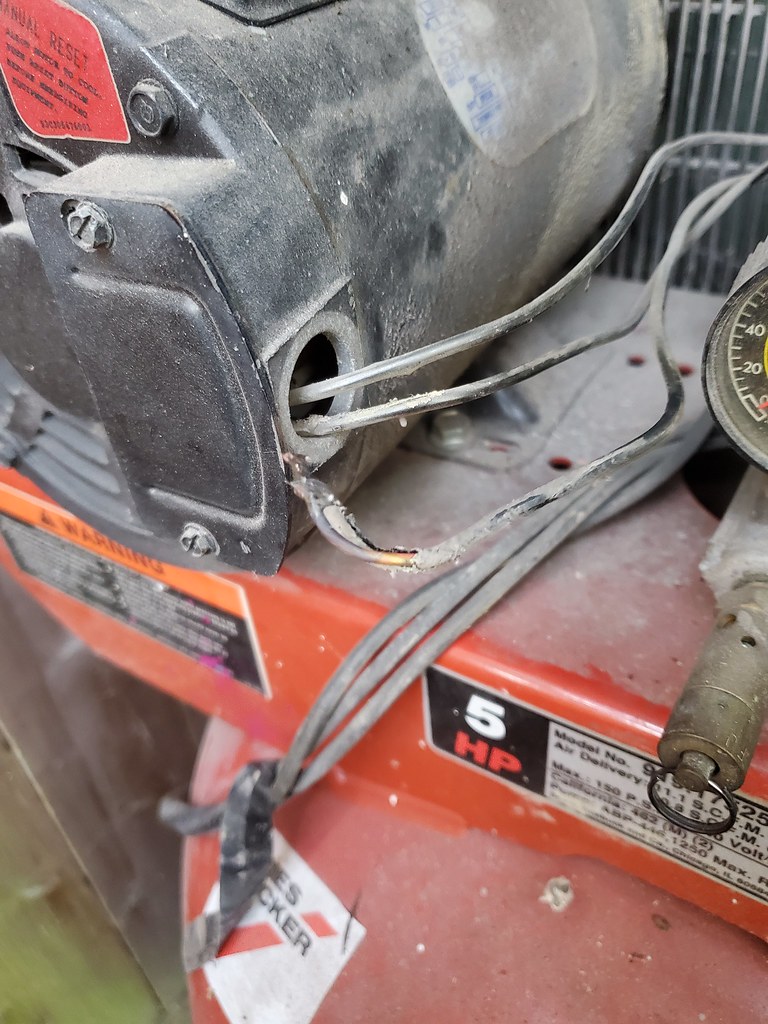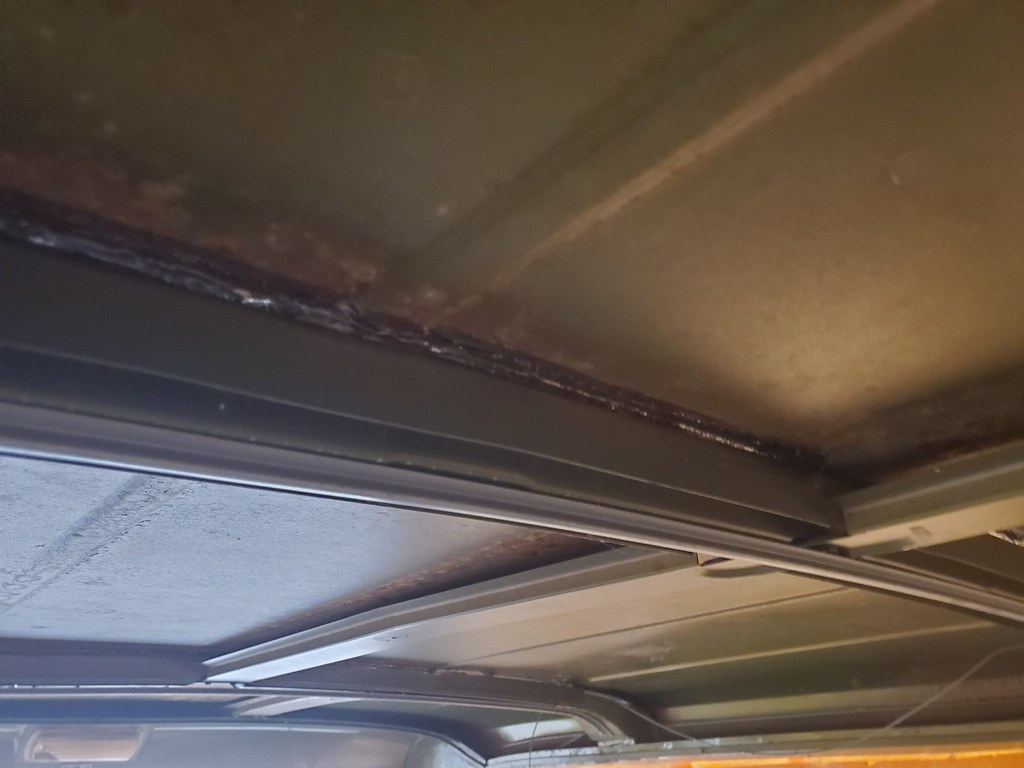I agree, the changed load path is a possible concern. Check if the lower ball joint cross references to an application with the spring on the lower arm.
The organisation I work with here in Sweden, for road worthiness inspections of amateur build vehicles, have investigated this. It is a recurring thing on some kit cars where the ball joints for a McPherson front suspension is used in the same way as here, with a spring acting on the lower arm.
We have performed a series of destructive tests to see when some popular ball joints are pulled apart. As an example, we tested the popular Austin Maxi balljoint, and the Saab 99/900. Both are loaded in the "wrong" direction used like this. The Maxi ball joint pulled apart at around 2000-4000 kg, the Saab 3000-4300 kg.
As a reference, we pulled some A-arm joints that are loaded in the correct direction. Volvo 140 resisted 8500 kg without breaking (the yoke used to pull fractured), Mazda MX5 Miata had the ball joint threads let go at 6000 kg and a Mercedes W124 took 11 500 kg.
So you can see in these examples there is at least a factor of 2 in how much load they take, usually more.
We have also tested Volvo 240 joints, OEM and cheap aftermarket. OEM took 7200-7350 kg, the cheap aftermarket 800-1500 kg! Cutting these apart the difference in how the ball joint seat is forged was appaling. The OEM joint has the top of the seat forged in at least 5 mm over the ball, with a 3 mm thickness. The cheap aftermarket one had around 1-2 mm covering the top of the ball and 2 mm thickness. Used in a McPherson application this is not fatal but when loaded in the wrong direction...
A big difference exists in how these joints are made. Usually there is a large forged seat on one side of the ball, and the other side is forged over or has a clip or staking that holds a seat area agains the ball. Usually the large forged area is where the load is supposed to go. A joint for a lower arm with a spring resting on it, usually has the big seat above the ball (the ball is inserted from below so the seat under the ball is staked afterwards, since it doesn't carry any real weight in that direction).
So, a lot of text but I think it's something worth investigating.
Gustaf































